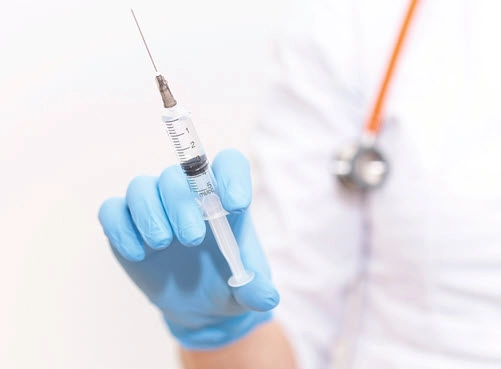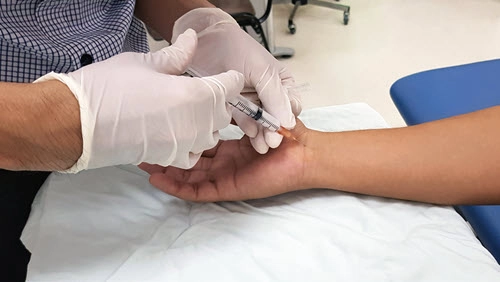Pain Management: Boost TPI, CT Shot Prowess With Expert Insight
Tip: Base TPI coding on muscles injected, rather than the number of shots. Deciphering the ins and outs of coding injection services can be a little painful. There’s the CPT® coding, finding the appropriate diagnosis code, and coding for drug supply — if that’s allowed for the code you choose. You can take the sting out of coding injection services by knowing exactly what type of problems the injections target. We asked two experts about a pair of injection services that are performed often by pain management providers: trigger point injections (TPIs) and carpal tunnel (CT) injections. Here’s how they responded when asked what the best practices were for coding both of these services. Aim at Muscle Count on TPI Code Choice One of the standard pain injection services is the TPI. Your provider can use TPI to provide treatment in a multitude of anatomical areas, and for many different conditions. Definition: Trigger points are “discrete, focal, hyperirritable spots located in a taut band of skeletal muscle. They produce pain locally and in a referred pattern and often accompany chronic musculoskeletal disorders,” explained Nate Felt, MS, ATC, PTA, CPC, of Intermountain Medical Group, during a Virtual HEALTHCON 2020 session. The most common diagnoses for TPIs are muscle pain, myalgia, fibromyalgia, and myofascial pain syndrome. “Muscle spasm is also frequently reported,” explains Judith L. Blaszczyk, RN, CPC, ACS-PM, ICDCT-CM, compliance auditor at ACE, Inc. in Overland Park, Kansas. When you’re reporting TPIs, you’ll use the following codes, depending on encounter specifics: Count muscles, not shots: As you’ll see from the code descriptors, you’ll choose a TPI based on the number of muscles your provider injects — not the number of injections the provider performs on a muscle. For this reason, “it is very important that the physician document each muscle that is injected, so the coder can select the correct code,” reminds Blaszczyk. Since trigger points may occur in any skeletal muscle, almost any skeletal muscle may be injected. One Local Coverage Determination (LCD) lists the following ICD-10 codes as acceptable diagnoses for TPIs: Note: This is not a definitive list. Check your LCDs for which codes are acceptable diagnoses for TPIs. Check Out This TPI Case Study Felt offered this scenario for coders to test their TPI coding skills: A patient has trigger points throughout the trapezius. Palpation over this area reproduces her pain. The provider preps the area in sterile fashion and injects each trigger point. Notes indicate a total of four injections to the trapezius muscle group. Coding: You should report 20552 since the provider only injected one muscle group, even though there were four injections. Keep Current to Prevent Cramping on CT Injection One of the higher-paying — though rarer — injection services in your office is likely to perform is a CT injection, according to Felt. You’ll report this service with 20526 (Injection, therapeutic (eg, local anesthetic, corticosteroid), carpal tunnel). You won’t see many 20526 claims because the shot is designed to treat a single condition: carpal tunnel syndrome (CTS). Thus, CTS diagnosis codes are probably the only ones you’ll be using to report 20526. Here’s the CTS ICD-10 codes that will prove medical necessity for 20526, depending on encounter specifics: Documentation Drives Successful Injection Claims Felt reminded attendees that documentation for all injection claims should include answers to the following queries:


